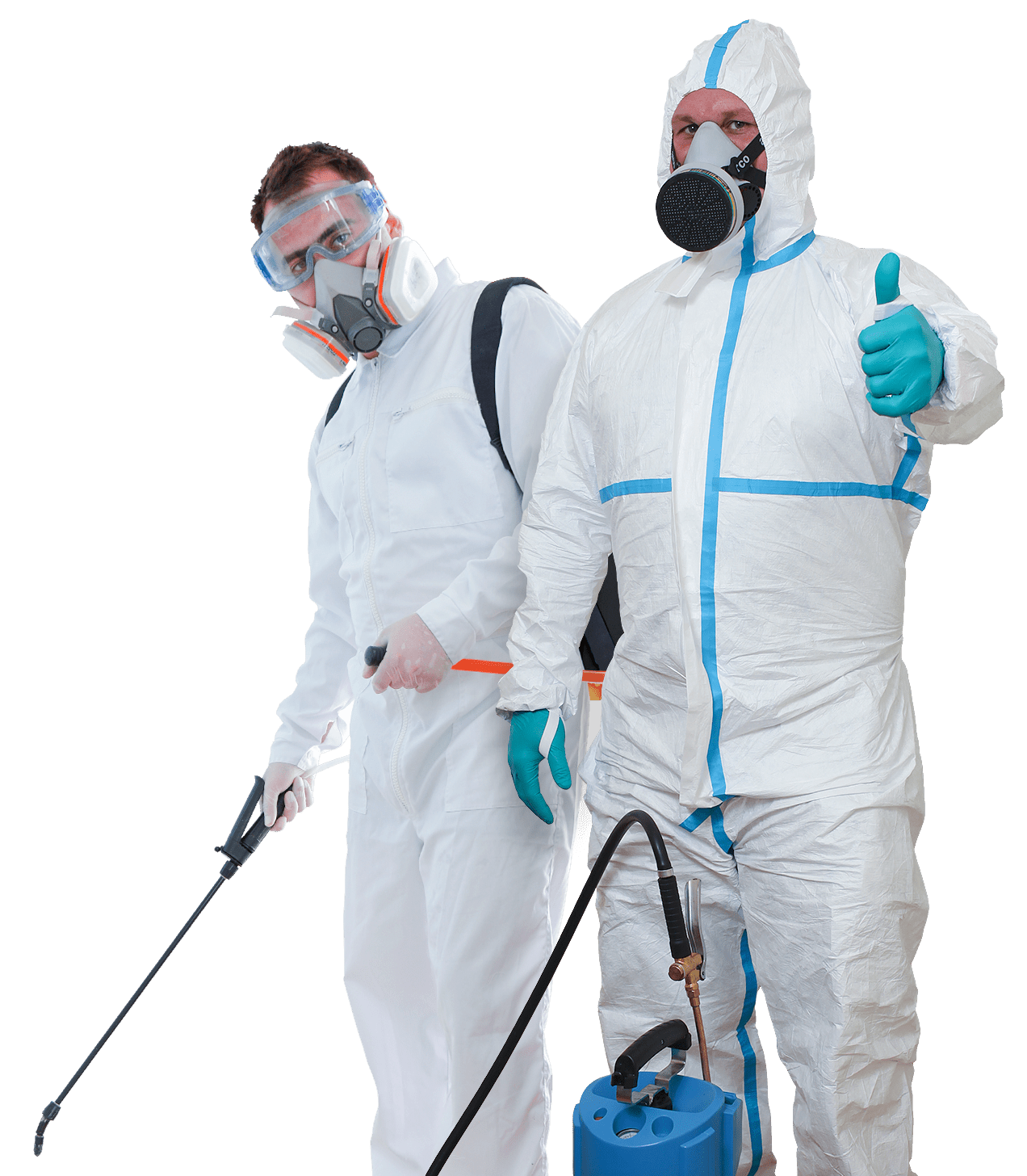Non-native species can wreak havoc on ecosystems and pose serious challenges to pest control in residences and businesses. As some introduced pests thrive in alien ecosystems, they often become challenging to manage and can cause damage to assets and health. Understanding the specific invasive species to look out for, along with effective management strategies, is important for keeping your living space free of pests all year long.

In this manual, we will explore the five invasive species that property owners and property managers should be mindful of. We will examine their characteristics, the risks they pose, and provide practical advice on how to avoid and manage these pests. From frequent household pests to more serious threats, knowing how to recognize these invaders and responding appropriately can help safeguard your home and well-being.
Frequent Domestic Nuisances
Household pests are a regular issue for homeowners, and recognizing their patterns is key to successful management. Typical pests are termites, cockroaches, and bed bugs. Ant species are highly cooperative insects that frequently invade residences in search of resources. They can quickly become a major problem, especially when scouting trails lead to nests within walls or foundations. Cockroaches, on the other hand, flourish in dim, hot places, making them particularly hard to get rid of once they set up a presence. Bed bugs are notorious for their ability to conceal themselves in small cracks and nooks, sucking on human blood during the hours of sleep, which can cause discomfort and worry for those impacted.
Proficient pest management begins with proper recognition to utilize the correct strategies. For instance, managing with ants may require blocking access points and placing poisoned baits, while cockroach control requires careful cleaning and possibly insecticide treatments in problematic locations. Bedbug eradication often calls for expert extermination due to their resilience and rapid reproduction rate. Property owners should be vigilant about clues of pest presence, such as excrement, burrows, or bites, and act quickly to diminish issues.
Recognizing the usual conduct and environments of these pests can substantially impact the success of control efforts. Weather-related can also influence pest activity, with particular insects becoming more prominent in the spring or the fall. Regular maintenance, including checks and protective actions, can help limit the problem before it escalates. By being proactive and educated, homeowners can create a clean environment throughout the seasons.
Effective Pest Elimination Approaches
To efficiently handle foreign species and domestic pests, a all-encompassing approach is crucial. This includes understanding the particular pests you are facing, including their habits and living conditions. For example, ants may be drawn to edibles, while rodents seek harbor. Recognizing is the primary step in formulating your pest control plan. Once the pests are recognized, you can decide the best methods of extermination, focusing on both prompt action and sustained mitigation.
In addition to traditional pesticides, think about incorporating natural pest control solutions that are harmless for both your household and the environment. Utilizing aromatic extracts, diatomaceous earth, and trapping solutions can effectively reduce pest populations without dangerous chemicals. Furthermore, these methods often complement professional pest control solutions, ensuring that your home remains pest-free year-round. Keep in mind that some pests, such as termites and cockroaches, require targeted treatment due to their resilience and the potential damage they can bring about.
Preventive measures play a crucial role in pest control approaches. Regularly inspecting your home for signs of invasion and upholding cleanliness can significantly reduce the risk of pest problems. Seasonal maintenance, such as filling cracks, securing food storage, and maintaining your landscape, is vital in keeping invasive species at a distance. By knowing how to defend your home based on the shifting seasons, you can create a preemptive approach that reduces the chances of infestations. Establishing a routine for professional inspections can also assist catch potential problems before they escalate, guaranteeing your home stays a pest-free haven.
Time-of-Year Bug Prevention Tips
As the seasons shift, so do the types of pests that may invade your house. this contact form in bugs like ants and mosquito populations. To get ready, ensure that your windows and entryways are well sealed, and check for any leaks that could attract these insects. Regularly cleaning your yard and removing rubbish can significantly reduce their nesting sites. Additionally, think about implementing a pest control strategy in the beginning of the spring season to stay ahead of potential invasions.
In summer, the heat can lead to an increase of various pests including wasp nests and fly populations. Keep your kitchen clean by promptly cleaning up spills and keeping food in airtight containers. Utilizing outdoor bug control strategies like lemon-scented torches can help combat mosquitoes during outdoor events. It's also wise to inspect your home’s outside for any fissures or gaps that could allow bugs easy entry to your living space.
As autumn comes, mice and rats often look for shelter from the chill. Seal any gaps in your foundation or around pipes to prevent rodents and rats from getting into your home. Keep firewood away from the house and make sure that your gutters are unclogged to prevent water accumulation, which can attract insects. Regular checks and maintenance will help keep your house pest-free through the chilly season, laying a strong foundation for continued bug management in the winter season.
